I've only just come home from another great season with humpback whales in Tonga, but it's time for me to head out again. I haven't been able to get much done, but below are a few sample photos. I hope you like them.
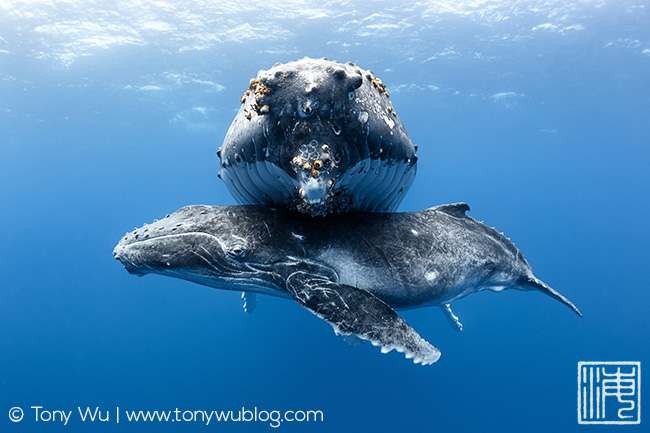
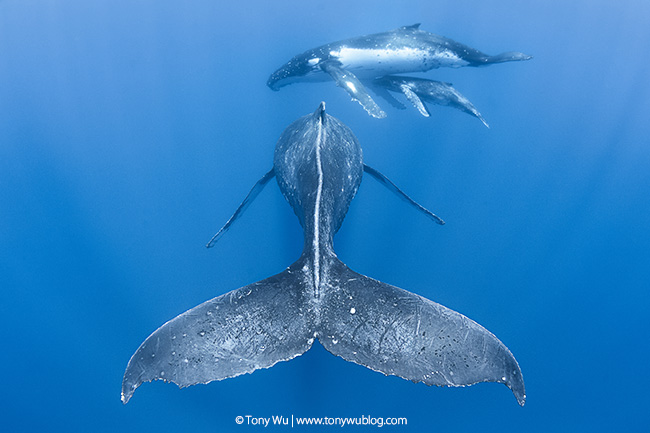
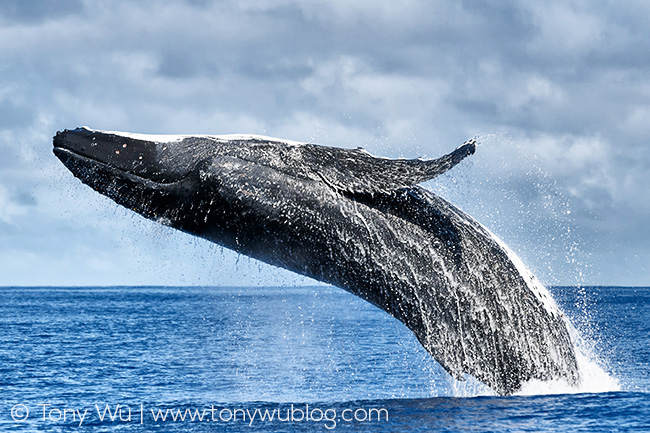
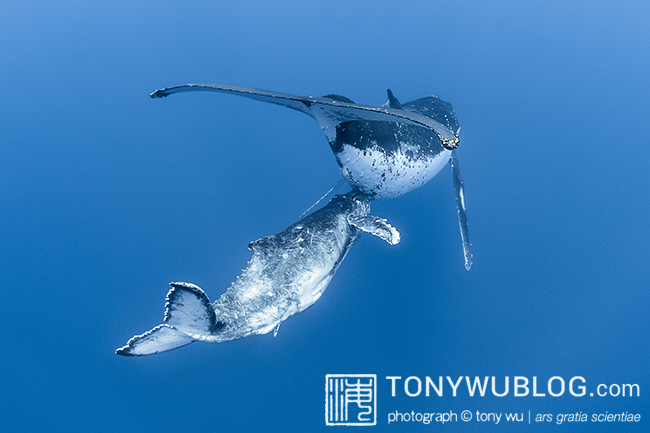
There's a lot(!) more I'd like to share, but the photos and stories will have to wait until I'm back at the end of the year.
For those who are interested, my calf count ended with 27 calf IDs over 37 days on the water, equating to 0.73 calves/ boat-day; including calf sightings for which I wasn't able to establish an ID, the figure is 1.49 calves/ boat-day.
This is consistent with the generally upward/ positive trend I've observed over recent years, as reflected in the figure below, and also with the recent decision by NOAA to remove this and other humpback whale populations from endangered status (see NOAA map; see NOAA announcement). In short, the whales are doing really well. Hurray!
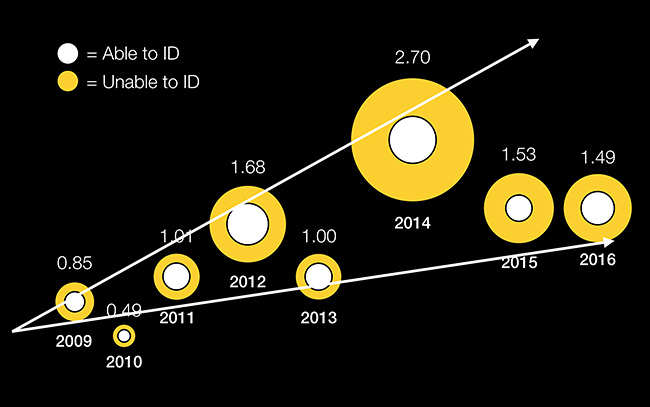
I also continued my for-fun project of keeping track of the ratio of female-to-male calves that I am able to ID. This season, the males won by a long shot: 17 male IDs vs 9 female IDs (1 gender indeterminate). This equates to a ratio of 0.53 female-to-male calves. Below is what the ratios have looked like since 2009.
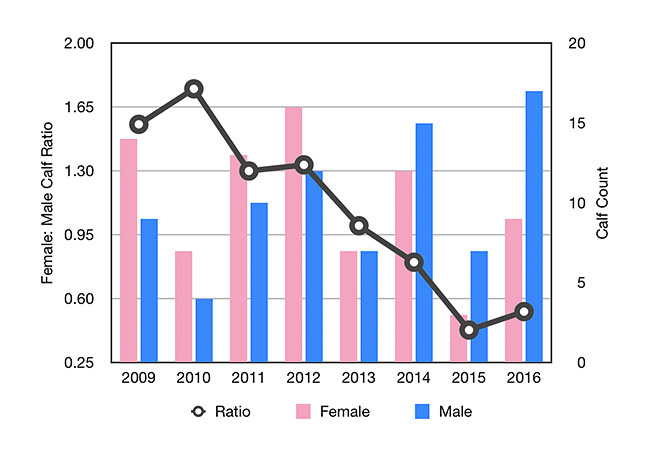
The females dominated for a while, but then the ratio flipped. I don't know if there is any significance to these figures, or whether it's all just random. In any event, it's fun to keep count, and for what it's worth, it sure does seem like some seasons are dominated by babies of one gender or the other.
Finally, a huge thanks to everyone who traveled with me this season, and to all my friends who helped me on location! Your friendship and support enable me to continue to gather data and share it with others.
I've sent some observations this year to science friends already. There will be a paper or two coming out of it, which will help expand our communal knowledge of these amazing animals.
If you're keen on learning about humpback whales and want to join me next year, please take a look at my schedule and drop me a line. I've just started to put together my groups for 2017. My emphasis is on observing, sharing what I've learned, and spending quality time with small groups of good friends.